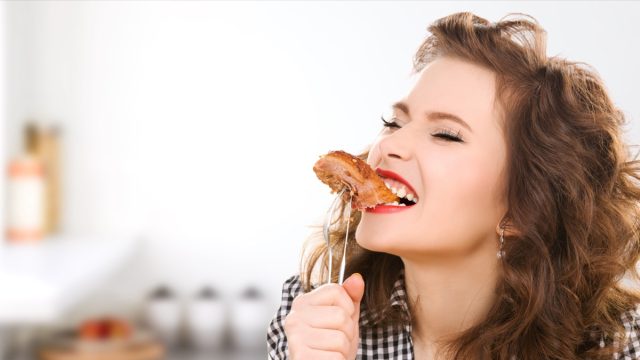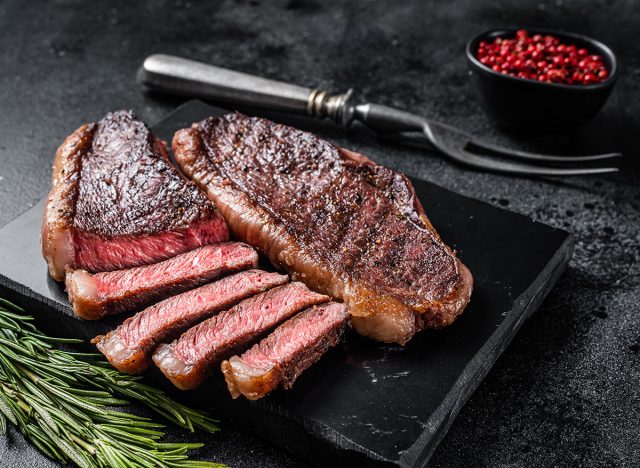5 Little-Known Tips for Burning Belly Fat

Do you want to burn fat without having to make major changes to your life? According to experts, there are a few simple things you can do to majorly amplify fat loss. Mike Diamonds, MD, founder of Sculpt by Science, is social media famous for sharing helpful hacks on how to get into shape and lose weight. In a recent clip, he reveals some little-known tips for burning belly fat. "These are five fat loss cheat codes. I wish I knew when I started," he says at the start of the YouTube Shorts clip. We also asked our Resident RDN, The Diet Diva, Tara Collingwood, MS, RDN, CSSD, LD/N, ACSM-CPT, a Board Certified Sports Dietitian, and co-author of the Flat Belly Cookbook for Dummies, to weigh in.
Walk for Cardio

"Number one, walking should be your main form of cardio," says Diamonds, citing research that has shown that it burns the most fat. "I'm not sure it actually burns the most fat, but low to moderate intensity cardio is great, especially for beginners," says Collingood. "Walking is simple—it doesn't take any equipment other than a good pair of shoes," she adds. It can also be social. "Meet friends or family or take the dog with you for a nice brisk walk."
RELATED: 5 Best Exercises for "Bra Bulge" After 50
High Protein Diet

Next, "the formula to being able to build muscle and lose fat is a high protein diet," claims Diamonds. "30 to 50 grams per meal multiplied by a caloric deficit and weightlifting." Collingwood agrees that you "definitely want protein to maintain and build muscle," adding that it also keeps you satisfied.
Seven to Eight Hours of Sleep

"Three, sleep a minimum of seven to eight hours," says Diamonds. "Sleeping any less will feel like playing Call of Duty or FIFA in hard mode." Collingwood agrees that sleep is "absolutely necessary," recommending 7 to 9 hours "to recover the body and help with hormone regulation."
Morning Workouts and Exercise in Afternoon

"Train in the morning and eat in the afternoon. Myself and my clients find the most productive formula is to train in the morning and then break your fast after midday," claims Diamonds. "Morning is great for training but if you wait several hours to eat you are leaving yourself open to poor recovery," notes Collingwood. "It is better to eat something within an hour after training, especially if training is intense or long."
RELATED: 3 Best Practices for Walking, by a Podiatrist
Eat the Same Food Every Day for a Week

And his last tip, "track your diet for one day and then eat the same food every day for a week. This will make your journey so much easier," he says. "Tracking what you eat can be very eye opening, but it's not necessary to eat the same thing every day," says Collingwood. "Variety is better for the gut microbiome and to keep you from getting bored or feeling deprived."
💪🔥Body Booster: In order to maximize belly fat, start by taking a look at your diet and making sure you are meeting the protein recommendations for your height, weight, and gender.




